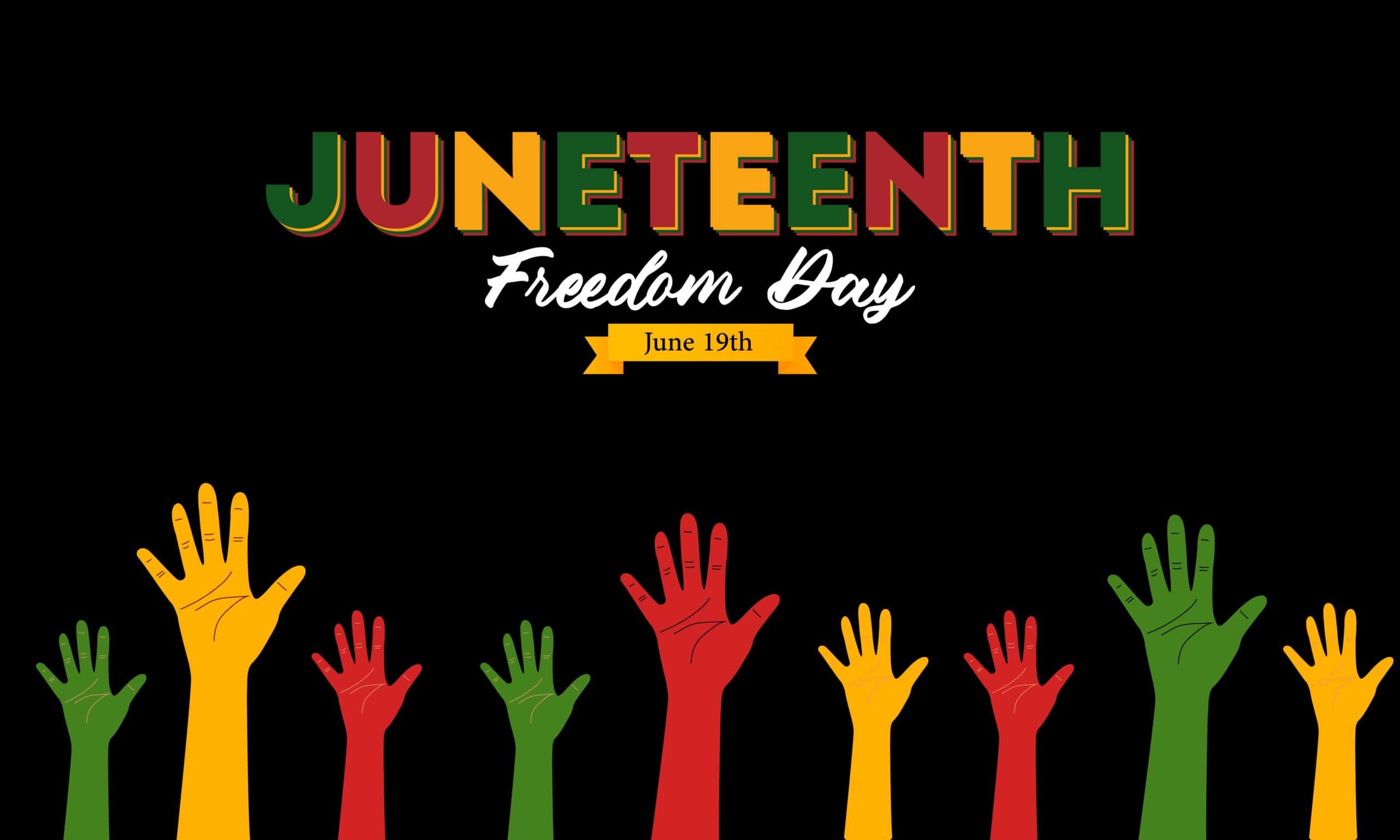Juneteenth, also known as Freedom Day, Jubilee Day, or Emancipation Day, marks a significant event in American history—the emancipation of enslaved African Americans in the United States. The first Juneteenth celebration took place on June 19, 1866, in Galveston, Texas, a year after Union General Gordon Granger arrived to enforce the Emancipation Proclamation. The origin and the first celebration of Juneteenth hold profound cultural and historical significance, reflecting the journey from slavery to freedom.
Historical Context
The Emancipation Proclamation, issued by President Abraham Lincoln on January 1, 1863, declared that all slaves in Confederate states were to be set free. However, its enforcement was contingent on Union military victories. Texas, a remote Confederate state with minimal Union troop presence, saw little immediate impact from the proclamation. Slavery continued, and the enslaved remained unaware of their freedom.
The Civil War ended in April 1865, and in the following months, Union forces gradually took control of Confederate territories. On June 19, 1865, Union General Gordon Granger arrived in Galveston, Texas, with 2,000 federal troops to occupy the state on behalf of the federal government. He announced General Order No. 3, which stated that all slaves were free in accordance with the Emancipation Proclamation. This moment marked the de facto end of slavery in Texas and was a turning point for the African American community.
The First Celebration
The first Juneteenth celebration occurred one year after General Granger’s announcement, on June 19, 1866. The newly freed African Americans in Texas organized this inaugural celebration. The day was marked by joyous festivities, including music, dancing, and feasting. It was a day of community and reflection, where the formerly enslaved could finally rejoice openly in their freedom.
Freed people dressed in their finest clothes, an act that symbolized their liberation from the rags of slavery. They held parades, sang spirituals, and gathered for barbecues and picnics. These celebrations often took place in rural areas and church grounds, spaces that were relatively safe from the hostility of former slave owners and other white Texans who were displeased with the abolition of slavery.
Cultural Significance
Juneteenth celebrations quickly became an annual tradition, spreading from Texas to other Southern states and beyond as African Americans migrated. These gatherings served as a means of preserving the history of emancipation and passing down the stories of liberation to future generations. They were also a time for reflection on the progress made and the challenges that lay ahead in the struggle for civil rights and equality.
The early celebrations were characterized by several key elements. Prayer and religious services played a central role, reflecting the importance of faith and the church in the African American community. Educational activities were also common, emphasizing the value of literacy and knowledge as tools for empowerment. Additionally, sporting events, particularly baseball games, became a staple of Juneteenth festivities, symbolizing the joy and camaraderie that freedom brought.
Challenges and Resilience
Despite the joyous nature of Juneteenth celebrations, they were not without challenges. In the post-Civil War South, African Americans faced severe racism and violence, particularly from groups like the Ku Klux Klan. Jim Crow laws enforced segregation and disenfranchised black citizens, making the full realization of freedom and equality an ongoing struggle.
Nevertheless, the resilience of the African American community ensured that Juneteenth remained a vital part of their cultural heritage. Even in the face of adversity, the celebrations continued, adapting and evolving over time. The Great Migration, which saw millions of African Americans move from the rural South to urban areas in the North and West, helped spread Juneteenth traditions across the country.
Modern Juneteenth Celebrations
In the 20th and 21st centuries, Juneteenth has grown in prominence and recognition. The Civil Rights Movement of the 1960s brought renewed attention to the holiday, linking it to broader struggles for racial equality and justice. In 1980, Texas became the first state to officially recognize Juneteenth as a state holiday. This recognition set a precedent, and by the 21st century, most states had some form of Juneteenth observance.
Modern Juneteenth celebrations often include parades, music festivals, educational events, and community gatherings. The holiday serves as both a commemoration of the past and a call to action for the future, highlighting the ongoing fight for civil rights and social justice. In 2021, Juneteenth was officially recognized as a federal holiday in the United States, a testament to its enduring significance in American history.
Conclusion
The first Juneteenth celebration in 1866 was a profound moment of jubilation and reflection for African Americans in Texas. It marked the end of a long and brutal chapter of slavery and the beginning of a new era of freedom and self-determination. Over the years, Juneteenth has evolved into a national day of remembrance and celebration, honoring the resilience and contributions of African Americans throughout history. As the United States continues to grapple with issues of racial inequality and justice, Juneteenth stands as a powerful reminder of the progress made and the work still to be done in the quest for true freedom and equality.
- $500-$750 Monthly Checks For Social Security: Know About Eligibility & Payment Dates - June 21, 2024
- $400 Centrelink Bonus Payment 2024 – Application form is open till 27 June - June 21, 2024
- Delhi Jal Board Junior Assistant Recruitment 2024 (OUT) Notification 760 JA Vacancy in Urban Dept Apply Online Date - June 19, 2024

